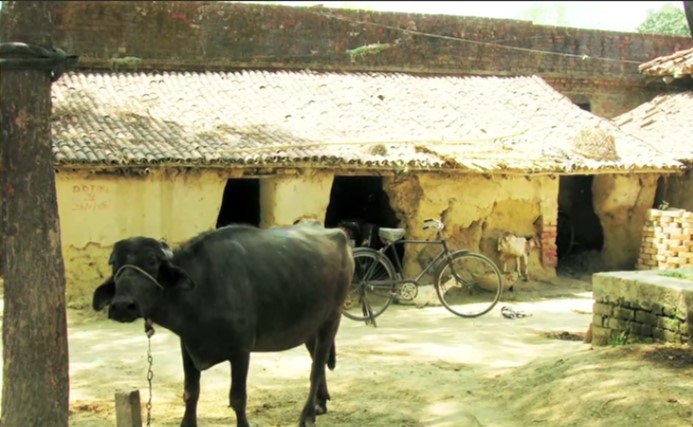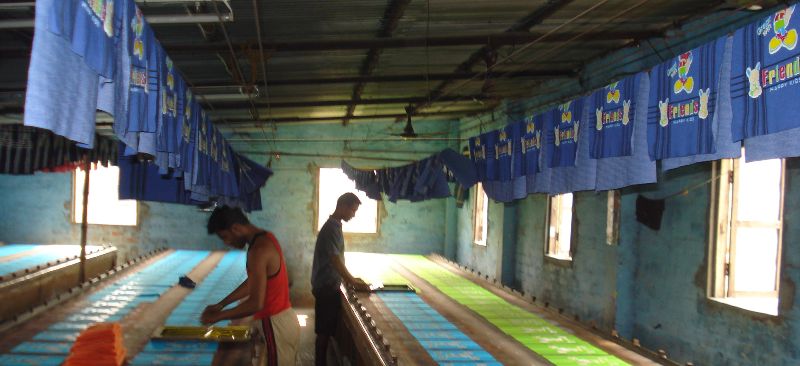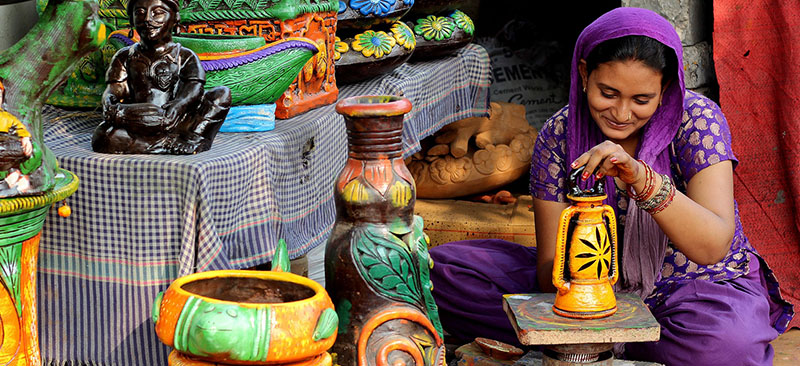Priority Sector Lending (PSL) and Credit Pricing
The Mor Committee on “Comprehensive Financial Services for Small Businesses and Low Income Households has also made a number of suggestions related to the priority sector lending (PSL). The Committee recommends raising the overall PSL requirement to 50% of adjusted net bank credit (ANBC) or credit equivalent amount of off-balance sheet exposure, whichever is higher. This is likely to be unwelcome amongst banks, which often struggle to achieve the current 40% requirement. However, the Committee offers some “sweetners” in terms of weights for different sectors and proposals for a much more market-led approach to credit/risk pricing.
In 2013, a significant number of banks did not meet their PSL targets – including 16 public sector banks that did not meet the their PSL targets. (See 16 PSU banks missed priority sector lending target). While a large number of banks are indeed meeting PSL targets on an overall aggregate basis, many fall particularly short on the PSL targets for categories like Direct Agriculture which includes loans to farmers, SHGs and producer companies, cooperative which are at the centre of the government’s focus on directed lending. The banks will continue to treat this as a burdensome portfolio unless PSL segments are made attractive by allowing the market-based pricing, where financial services providers price products based on inherent risk, cost to serve and competition. Therefore, the Committee’s suggestion is to do away with the hand-outs in the form of cheaper interest rates in priority sector lending. It recommends transferring subsidy directly through direct benefit transfer much like any other social benefits.
The Committee has also raised the debate of “access” versus “affordability” of financial services. In fact, MicroSave believes the issue here may be more than plain “access”. It is also about the “suitability” of the access. In modern India, economic sub-sectors are much more diversified than the ones envisaged under the current PSL segmentation, and need far more customisation in terms of financial and risk management products. This will not happen unless the banks follow a more granular approach to developing and offering products. If a free pricing regime is allowed, the banks are likely to be more innovative in offering “suitable” products since this will have a bearing on the profitability and risks on their books.
The Committee also makes a number of recommendations related to the NBFC-MFIs and the special conditions to be followed by them. These touch on the interest rate and margin cap conditions noting that these have led to no reduction in the interest rates for borrowers. This seems to be because of the current limit on the maximum number of lenders serving a borrower, which reduces the impact of competitive forces to bring the prices down. The Committee’s recommendations suggest some progressive steps like treating total indebtedness of borrowers in terms of their ability to service debt and not just their absolute total debt. Moreover, the Committee suggests looking at loans from all types of institutions rather than only from NBFC-MFIs. Another good recommendation is the requirement that all the lenders report to the Credit Bureau. This will make the regulation on maximum number of borrowers redundant.
We do not have any empirical evidence as to whether the limits on interest rates and margins have had any impact on MFIs’ ability to reach out to “more risky” segments and/or to the segments that are costlier to serve. But it is reasonably safe to assume that these limits do indeed reduce MFIs’ willingness or ability to serve remote and vulnerable communities. Essentially, the logic of liberalising PSL interest rates applies in the case of NBFC-MFIs also. While this is a difficult policy stance, the Committee could have offered a clearer opinion on this, even if there were no recommendations for the immediate term.
There are other interesting and welcome recommendations around doing away with the biased policy stance on consumption versus income generating loans. That poor need credit to smooth cash flows is a well-researched and widely accepted fact. Moreover, with smaller loans it is very difficult if not impossible, to ensure loan utilisation check for the MFIs. This is one regulation that is hard for MFIs to follow and even harder for RBI to ensure compliance, with no benefits for the client or for the MFIs. (See Are Loan Utilisation Checks Really Necessary?)
“Many Indian microfinance institutions (MFIs) introduced the individual lending (IL) methodology as a natural progression from the group lending methodology. The lure of “big ticket” loans and higher profitability is attracting growth oriented MFIs to aggressively push for IL without considering the inherent risks. IL has its own idiosyncratic needs like cash flow based lending; analysing business needs and risks; bringing flexibility in product features; building staff capacities and processes that must be followed for successful implementation”.
– Sandeep Panikkal, Venkata N.A. and T.V.S. Ravi Kumar in Risks and Challenges in Micro and Small Enterprises Lending
The recommendation to raise the borrowing limit to Rs.100,000 per person is obviously welcome; as is the recommendation to phase out the restriction on making large loans (above the current limit of Rs.50,000). Larger loans are required by more mature clients in later loan cycles, who (in some cases at least) may have been growing their businesses. Many clients who are able to expand their businesses would still like to avail higher loans from the MFIs as they do not have access to formal financial institutions to serve them as efficiently as the MFIs. Such clients lie on the lower band of the “missing middle” – the huge under-served segments of micro and small enterprises. However, perhaps an overall limit on average loan size (on overall portfolio basis and not on client basis) will still be needed to make sure the MFIs do not move away from serving the poorer segments. That said, an overall higher average loan size will enable the MFIs to balance their portfolio between large loan and small loans. With an overall average loan size limit the MFIs can continue to focus on poorer people while still having the flexibility to serve “not so poor” with higher loan sizes. (See Are You Poor Enough? Client Selection by MicroFinance Institutions).
The Mor Committee has made the case for an even more affirmative approach to ensuring credit for marginalised sectors by recommending hiking PSL targets to 50%. More importantly, the Committee has also recommended steps that enable the banks to achieve this. The liberalisation steps, most important of which is allowing free pricing regime, can change the way banks look at the priority sector. It is very likely that the banks will start to look at the PSL segments as potentially attractive segments and adopt more market-led solutions to achieving these targets. This will be a significant improvement over the current ‘push’ policy of the government, which works neither for the banks and nor for the priority sector segments. Keeping its liberal stance on pricing of financial services and in general following a market-led approach the suggestions of the Committee to increase the borrowing limit for microfinance borrowers is well taken. A liberal stance, but the one requiring absolute transparency on pricing by the MFIs, will allow these institutions to deepen their offerings and contribute to achieving ‘real’ inclusion. This perhaps could be the next transformational step for small businesses and low income households.




